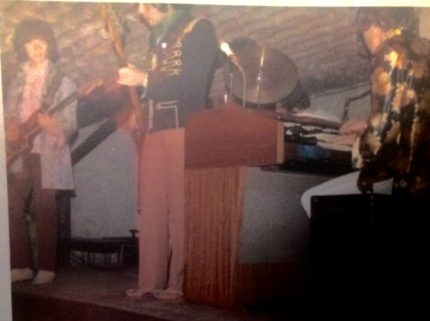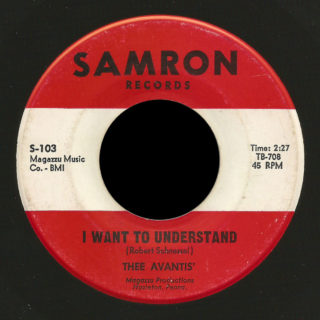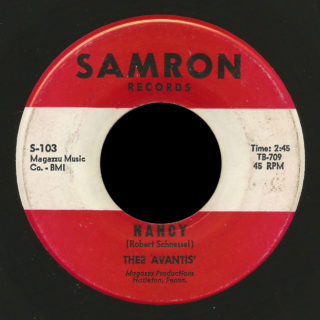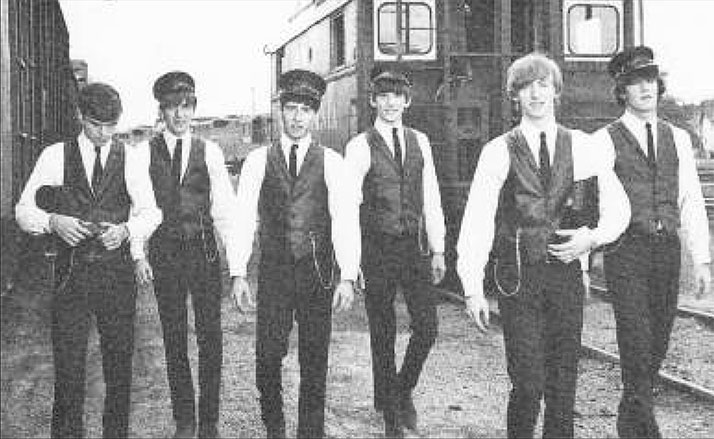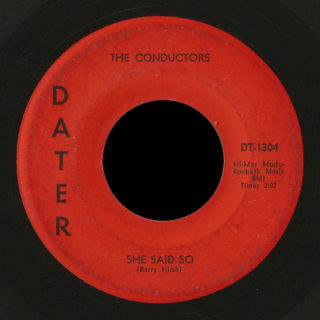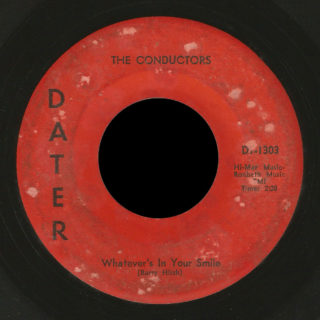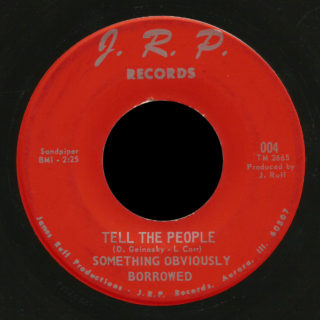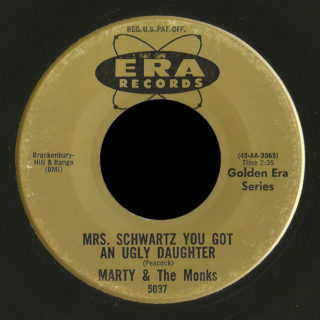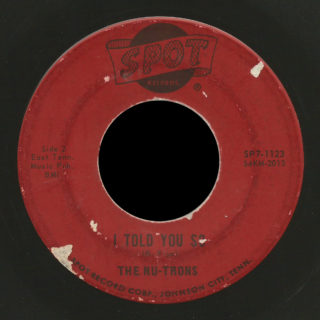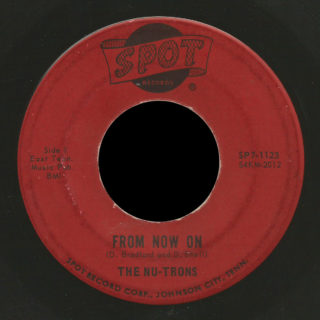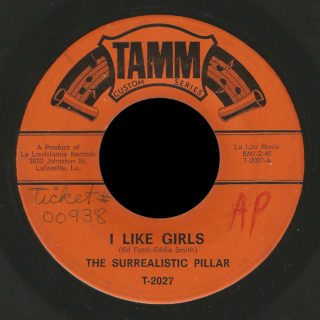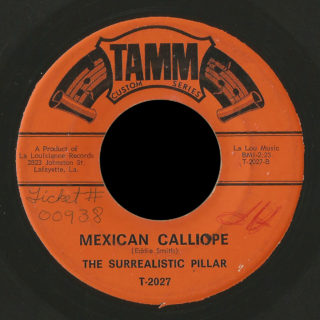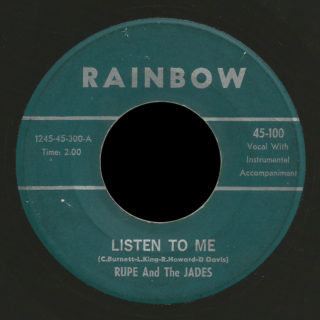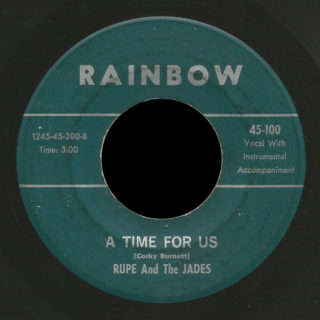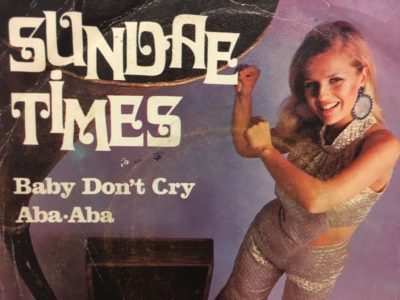 Wendell Richardson – guitar/vocals
Wendell Richardson – guitar/vocals
Calvin “Fuzzy” Samuel – bass
Conrad Isidore – drums
A noted yet relatively obscure late 1960s rock/soul outfit formed by two former members of Joe E Young & The Toniks around late 1967/early 1968, who cut a great lone LP, Us Coloured Kids, and a handful of singles for President Records.
Born in Antigua, guitarist Wendell Richardson had moved to London at the age of 11 and grown up in Tottenham. During 1965, he befriended fellow Antiguan-born musician Calvin “Fuzzy” Samuel and later Dominica-born Conrad Isidore. In 1967, Samuel and Isidore both played with The Toniks fronted by singer Colin Young aka Joe E Young). Through the local West Indian population, the trio got to know Eddy Grant and his band The Equals and became firm friends.
Having lost interest in The Toniks, Samuel jumped ship around November 1967 shortly before the band’s debut single on Toast, “Lifetime of Lovin’” c/w “Flower In My Hand” had been released and started planning The Sundae Times with Richardson, who had worked with The Skatelites backing Edwin Starr in February 1967. Isidore, however, remained with The Toniks but agreed to help out on the pair’s next project, The Sundae Times, who landed a deal with President Records thanks to their connection with The Equals (Ed: Samuel played bass on many of their recordings).
With Eddy Grant producing and penning the trio’s first release, “Baby Don’t Cry” c/w “Aba-Aba”, The Sundae Times’ debut was issued by President on 7 June 1968 but failed to chart in the UK. In the US, the single appeared on the small Seville imprint the following month. German and Spanish releases also followed but somewhat bizarrely it was in Israel where The Sundae Times made the biggest impact. Released as the A-side, “Aba-Aba” broke into the top 10.
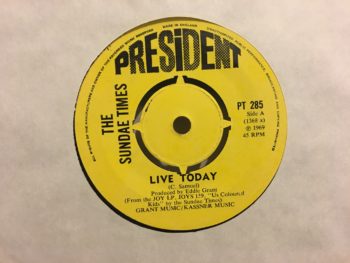 With The Sundae Times starting to pick up gigs and with further hits potentially in the pipeline, Conrad Isidore left The Toniks around September 1968 to commit to the project full-time. In retrospect, it was a sensible move as singer Colin Young quit The Toniks soon after to join British hit-makers, The Foundations.
With The Sundae Times starting to pick up gigs and with further hits potentially in the pipeline, Conrad Isidore left The Toniks around September 1968 to commit to the project full-time. In retrospect, it was a sensible move as singer Colin Young quit The Toniks soon after to join British hit-makers, The Foundations.
With Isidore fully committed, The Sundae Times began work on an LP for President Records’ subsidiary Joy during the autumn of 1968 with Eddy Grant producing. Richardson dominated the song-writing, penning the tracks, “Angels In The Sky”, “Adam and Eve”, “Electric Tree” and “Jack Boy”, which graced the A-side of The Sundae Times’ second single, issued on President on 22 November 1968. Coupled with “I Don’t Want Nobody”, a Richardson co-write with Isidore and Samuel, the single failed to chart.
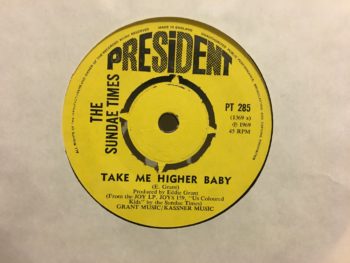 The three musicians also collaborated on three other tracks on the LP, “Take Me Back Again”, “Psychedelic Dream” and “Do You Know What Love Is”. Samuel meanwhile penned two tracks, “On The Run” and “Live Today”, which belatedly headed up The Sundae Times’ final single outing (issued on 13 March 1970), and was coupled with Eddy Grant’s “Take Me Higher Baby”.
The three musicians also collaborated on three other tracks on the LP, “Take Me Back Again”, “Psychedelic Dream” and “Do You Know What Love Is”. Samuel meanwhile penned two tracks, “On The Run” and “Live Today”, which belatedly headed up The Sundae Times’ final single outing (issued on 13 March 1970), and was coupled with Eddy Grant’s “Take Me Higher Baby”.
By then, Samuel and Isidore had been snapped up by Stephen Stills for sessions for his debut solo LP. Samuel was working with PP Arnold at the time and Isidore was working with Alan Marshall’s band One, who’d cut a lone LP for Fontana during 1969. Marshall’s group were regular guests at Stills’ Elstead home in Surrey.
While Samuel subsequently landed a gig with Crosby, Stills, Nash & Young (replacing Greg Reeves), Richardson formed Osibisa and Isidore joined Manfred Mann Chapter 3.
The Sundae Times’ own LP, Us Coloured Kids, had slipped out on Joy Records during 1969 and has since become an extremely rare, yet highly collectable item thanks in part to the Eddy Grant connection.
Selected gigs:

7 September 1968 – Glen Ballroom, Llanelli, south Wales with Lyndia Lewis and The NMO (South Wales Evening Post) Lyndia Lewis was most likely Linda Lewis but was this with White Rabbit?
6 October 1968 – Mistrale Club, Beckenham Junction, Kent (Poster)

2 November 1968 – Weymouth Pavilion Ballroom, Weymouth, Dorset with The Firestones (Dorset Evening Echo)

13 December 1968 – Fishmongers Hall, Wood Green, Middlesex with The Action (Melody Maker)
For more on the band members’ post career, see the Joe E Young & The Toniks entry on Garage Hangover. I’d be interested if anyone can add or correct any information below.
Copyright © Nick Warburton. All Rights Reserved. No part of this article may be reproduced or transmitted in any from or by any means, without prior permission from the author.

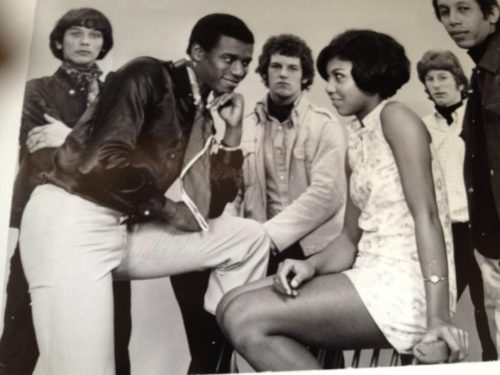
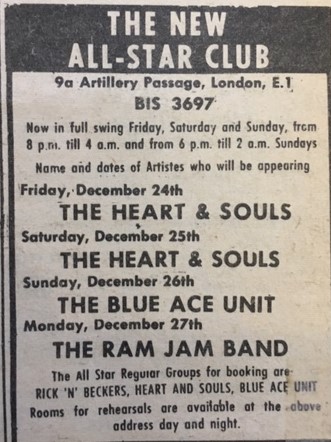
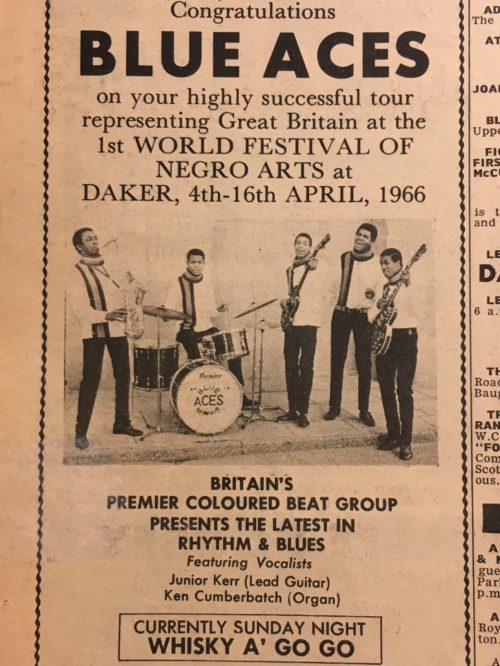
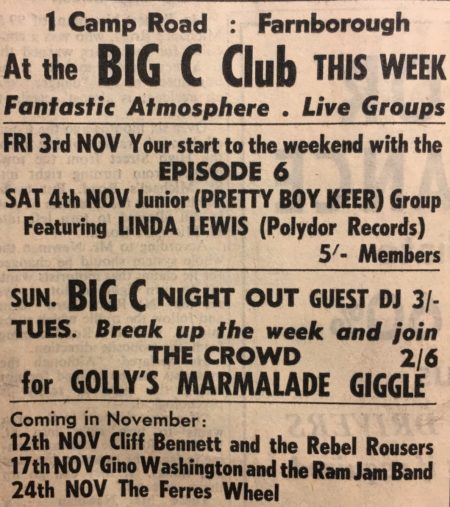 In July 1967, Polydor Records had issued Linda Lewis’ debut solo single, “You Turned My Bitter Into Sweet” but it had not been a chart success.
In July 1967, Polydor Records had issued Linda Lewis’ debut solo single, “You Turned My Bitter Into Sweet” but it had not been a chart success.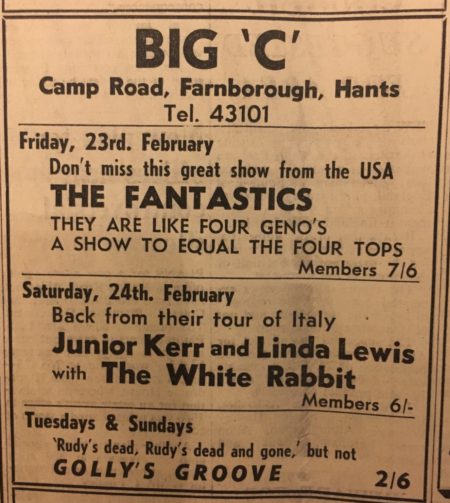 Managed by Ian Samwell (Lewis’ manager) and Laurie O’Leary who managed the Speakeasy, the group played a month’s residency in Biarritz, the south of France, at the Canasta Club. Then, in the early months of 1968, White Rabbit toured Italy and France, but after their return (around late March), Kerr decided to leave.
Managed by Ian Samwell (Lewis’ manager) and Laurie O’Leary who managed the Speakeasy, the group played a month’s residency in Biarritz, the south of France, at the Canasta Club. Then, in the early months of 1968, White Rabbit toured Italy and France, but after their return (around late March), Kerr decided to leave.
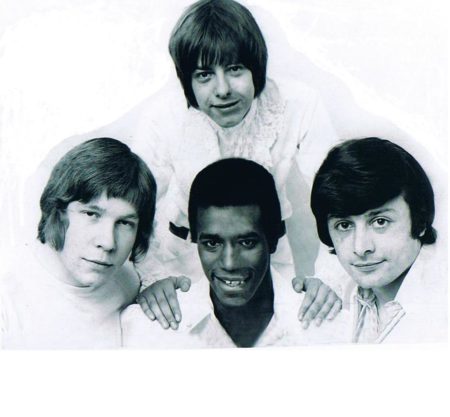


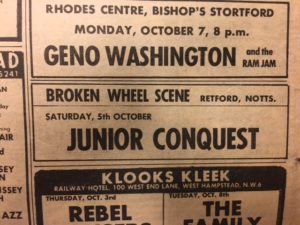
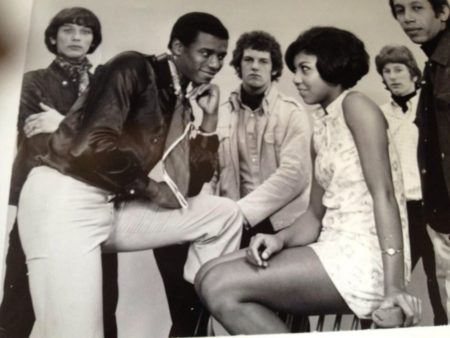
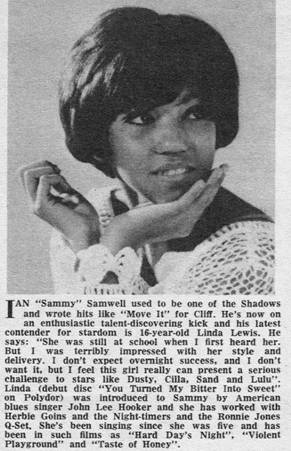
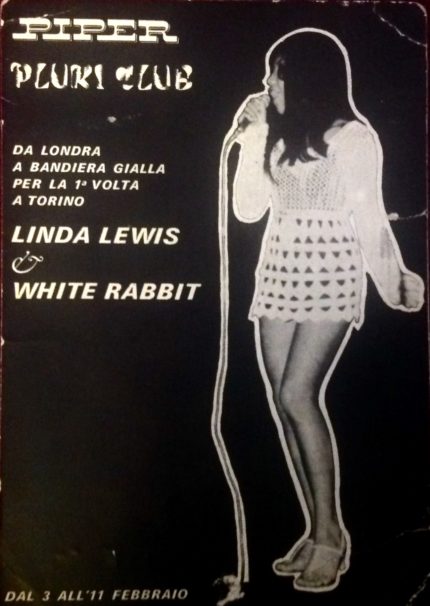 The original version of White Rabbit was completed with two additional musicians, rhythm guitarist/singer Brian Henderson, who’d recently been part of Nirvana’s backing band and was previously in The Soul Mates and Liza Strike & The Jet Set, and bass player Ralph Richardson, who’d worked with Henderson in The Jet Set.
The original version of White Rabbit was completed with two additional musicians, rhythm guitarist/singer Brian Henderson, who’d recently been part of Nirvana’s backing band and was previously in The Soul Mates and Liza Strike & The Jet Set, and bass player Ralph Richardson, who’d worked with Henderson in The Jet Set.


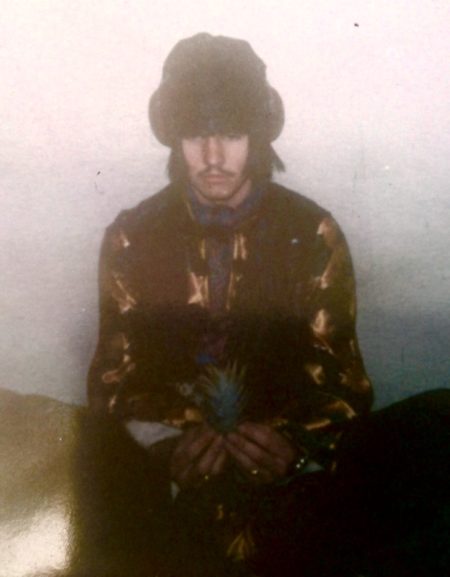
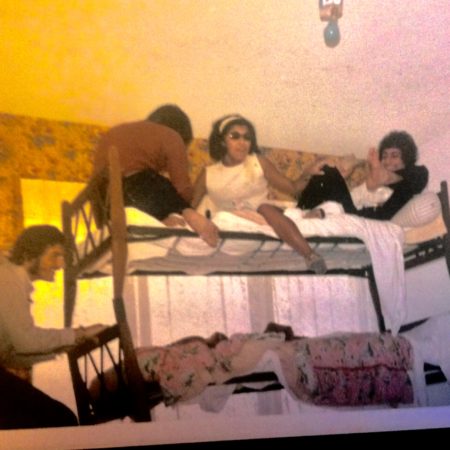
 Around August/September 1968, however, Rod Goodway and Linda Lewis both left, the latter to embark on a successful solo career after fronting Ferris Wheel where she played alongside future Foreigner drummer Dennis Elliott.
Around August/September 1968, however, Rod Goodway and Linda Lewis both left, the latter to embark on a successful solo career after fronting Ferris Wheel where she played alongside future Foreigner drummer Dennis Elliott.